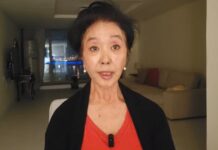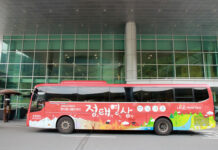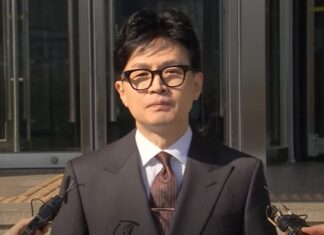The upcoming general elections in South Korea, scheduled for April 10, will see a total of 44,251,919 eligible voters casting their ballots. The age demographic breakdown for the election is as follows:
- 60 and above: 31.89%
- In their 50s: 19.69%
- In their 40s: 17.76%
- In their 30s: 14.82%
- In their 20s: 13.82%
- 18-19 years old: 2.02%
This means that voters aged 50 and above account for 51.58% of the total, while those aged 40-50 and 20-30 make up 37.45% and 28.64% respectively.
In terms of gender, female voters outnumber male voters, with 50.47% of the total (22,333,234) being women and 49.53% (21,918,685) being men.
In terms of regional distribution, Gyeonggi Province has the highest number of eligible voters at 11,591,379 (26.19%), followed by Seoul with 8,300,840 (18.76%), and Busan with 2,882,847 (6.51%). Sejong City has the smallest number of voters with 301,262 (0.68%).
This election will also see simultaneous by-elections held in a total of 45 electoral districts.
Eligible voters can confirm their voter registration number and polling station location through their city, county, or district office’s homepage or the mail notices sent out. Voters can participate in the election at designated polling stations on April 10, or at early voting stations on April 5-6.
This election signifies a notable increase in the number of eligible voters, up by 257,672 from the last 21st general election, which had a total of 43,994,247 voters.
This diverse voter demographic, with a significant number of older voters and a slight female majority, is expected to influence the election outcomes in interesting ways.





















![[사진으로 보는 여행]제1회 대한민국 김장김치축제 현장을 가다](https://en.turbonews.co.kr/wp-content/uploads/2024/10/converted_image-7-218x150.webp)


